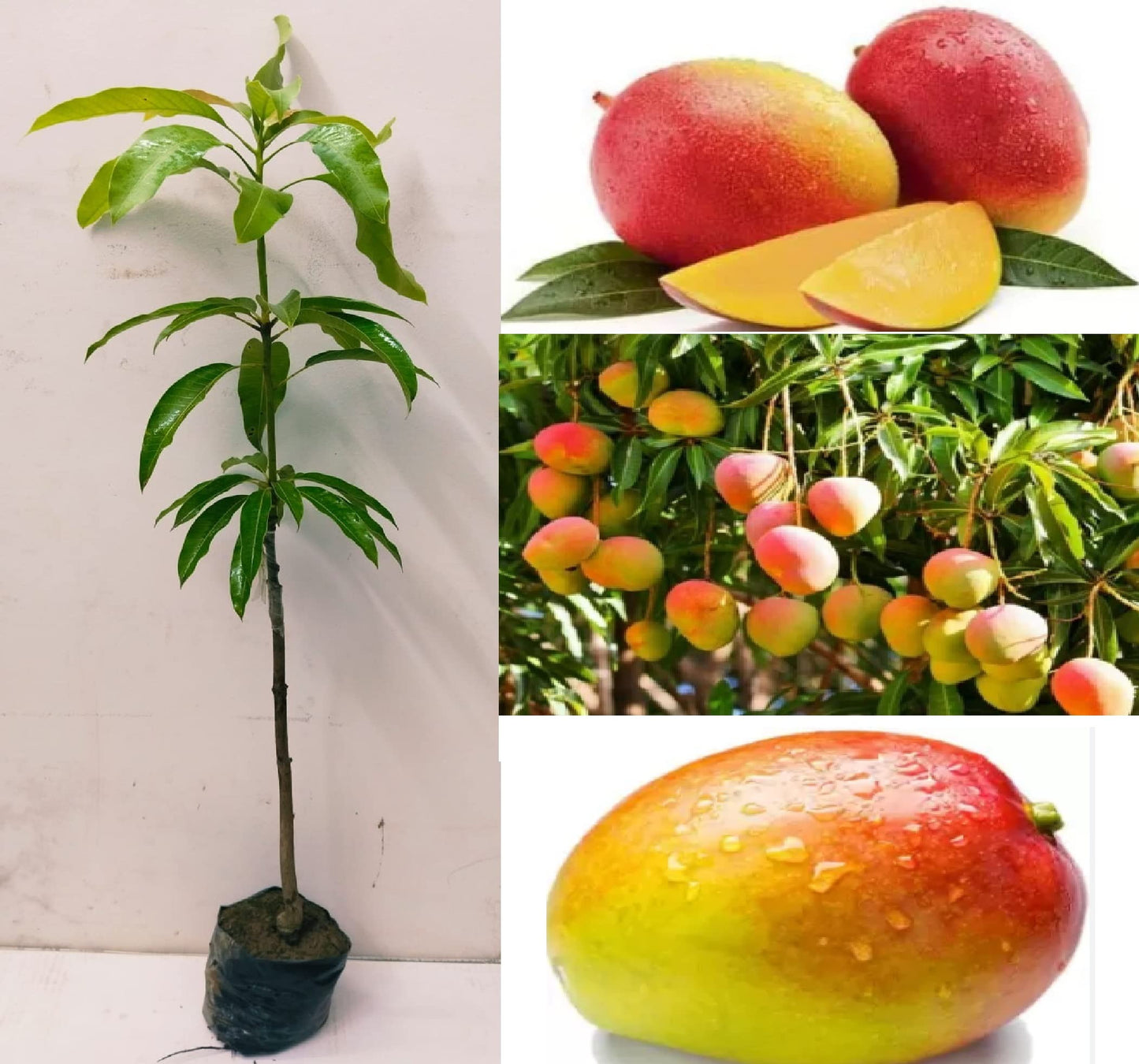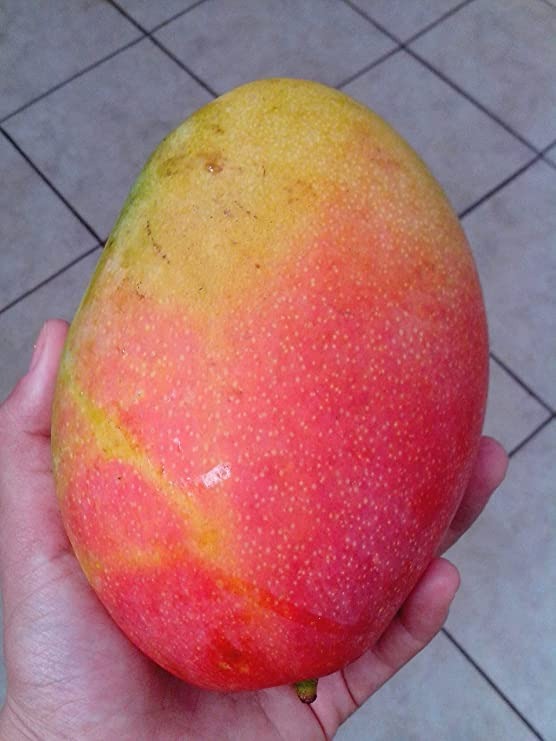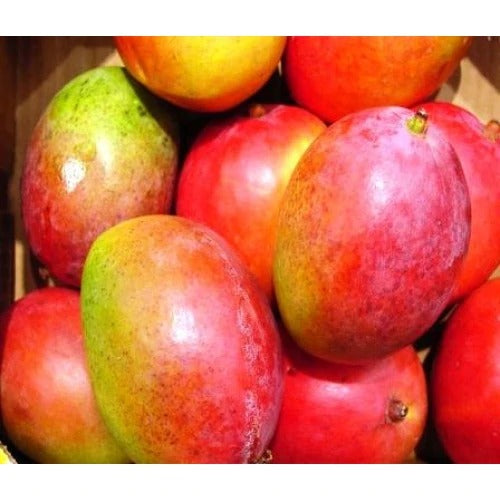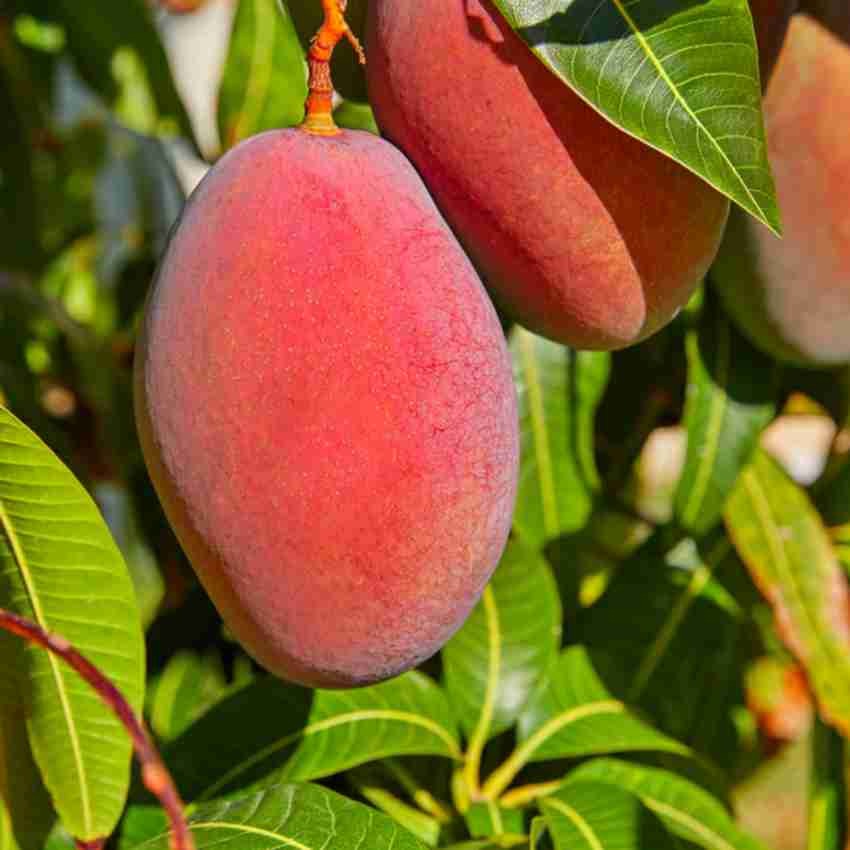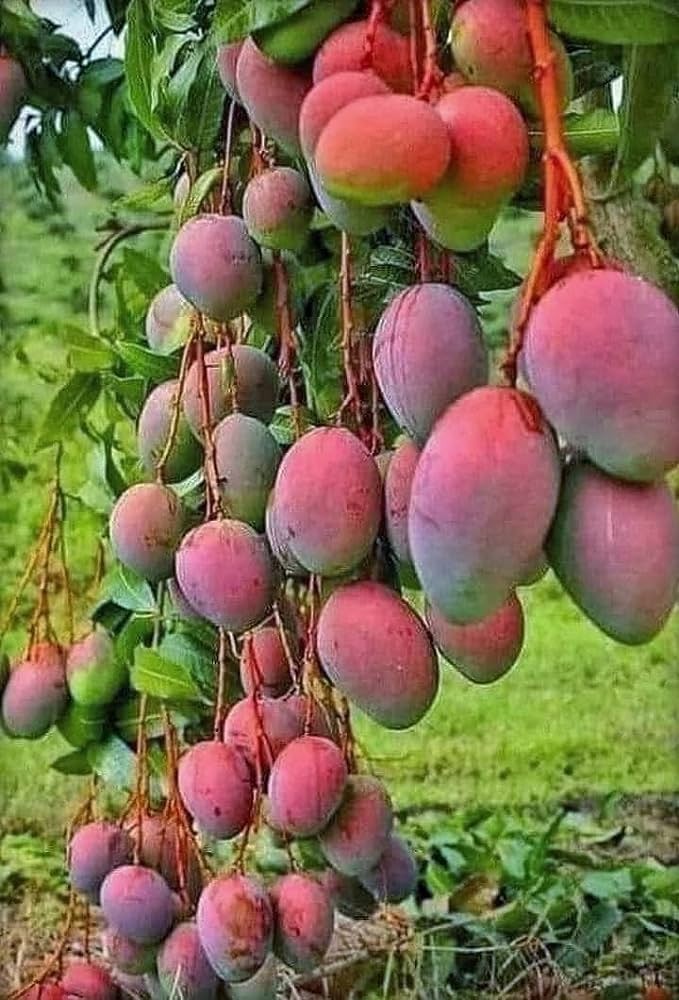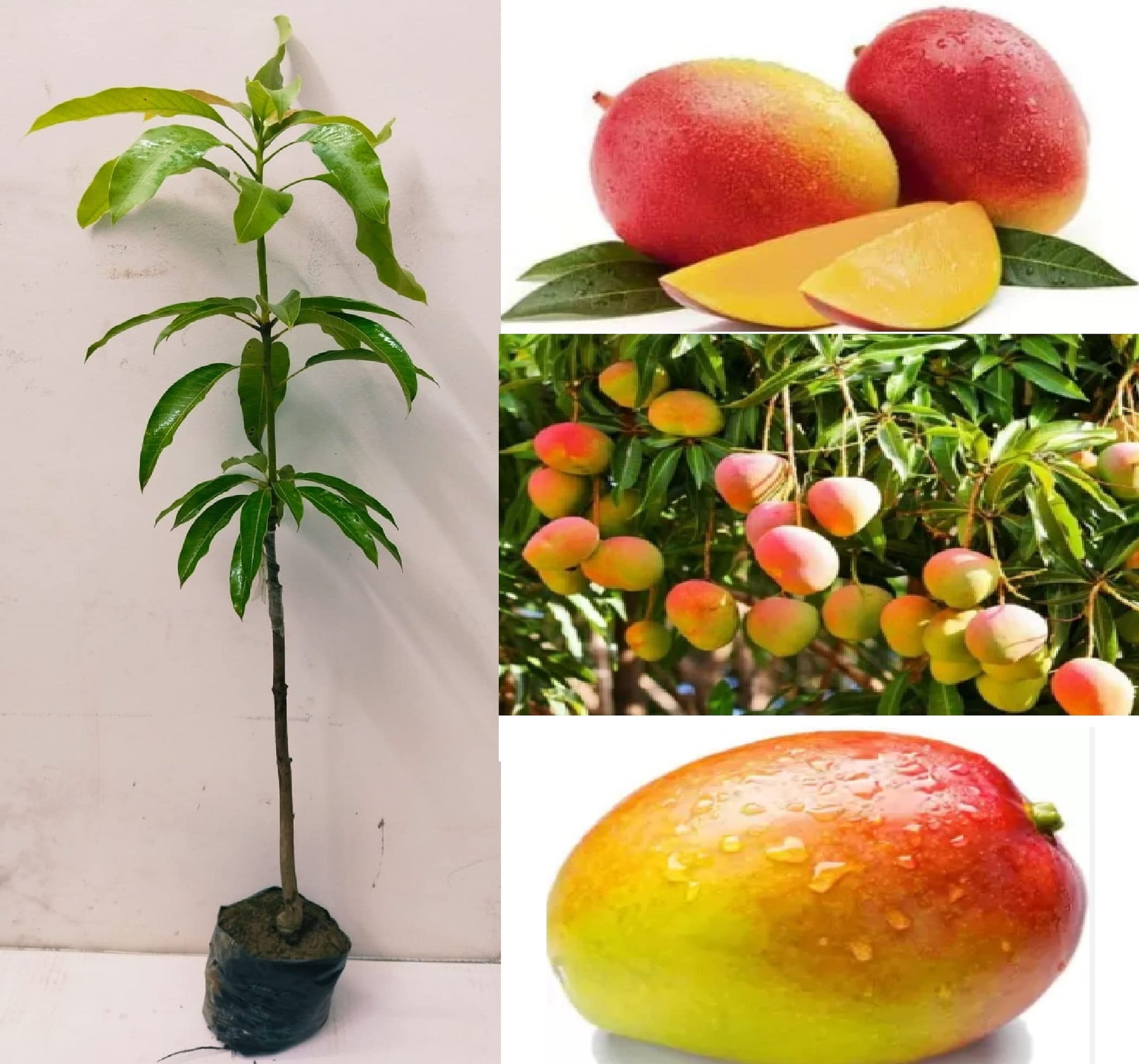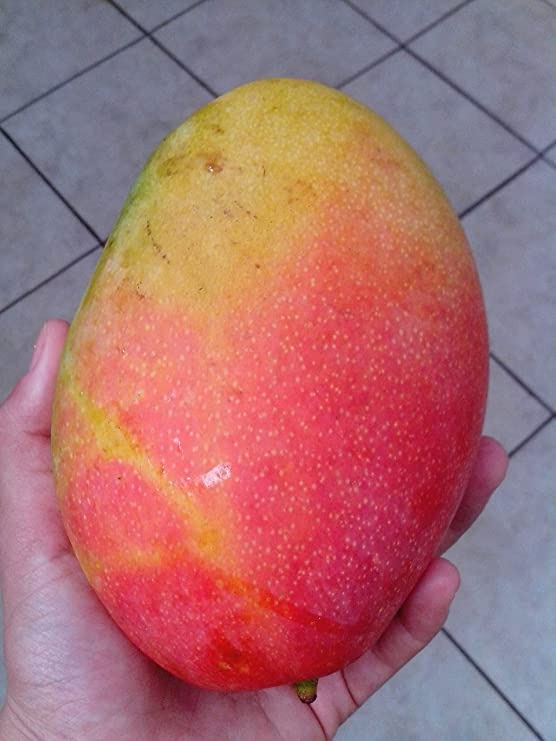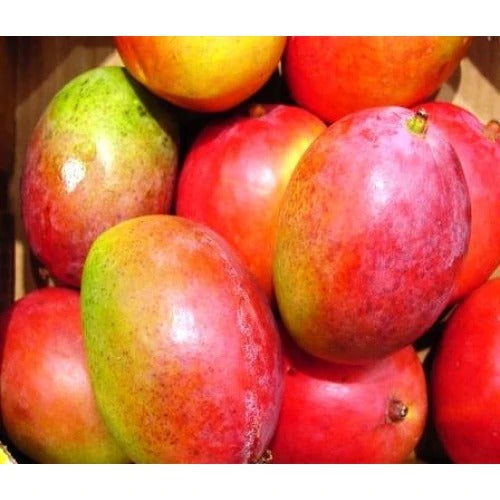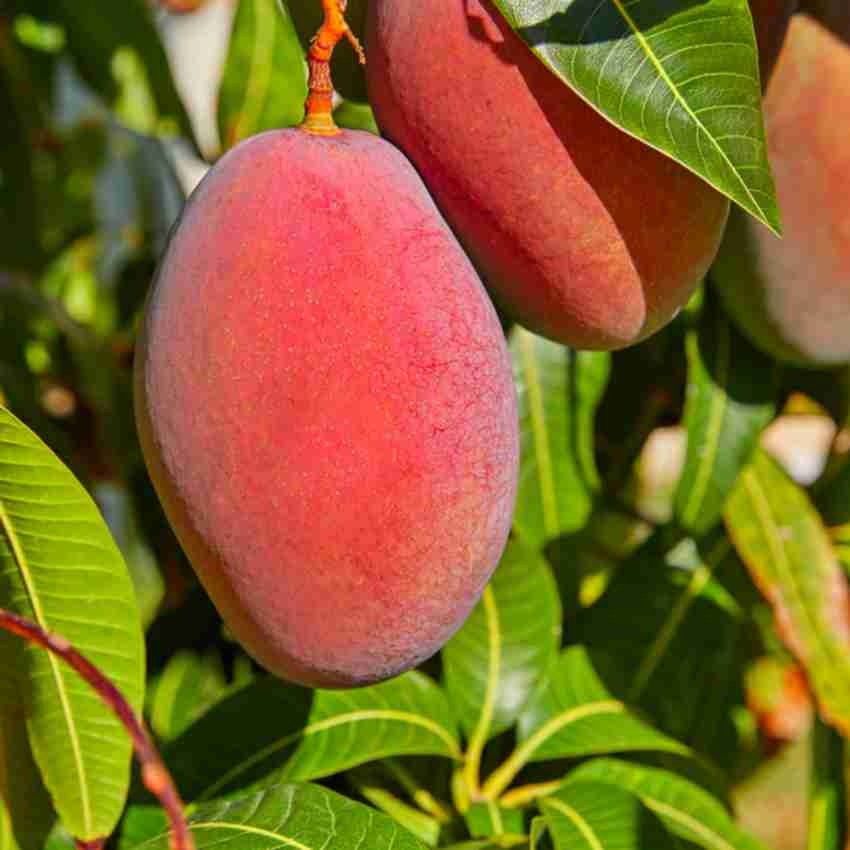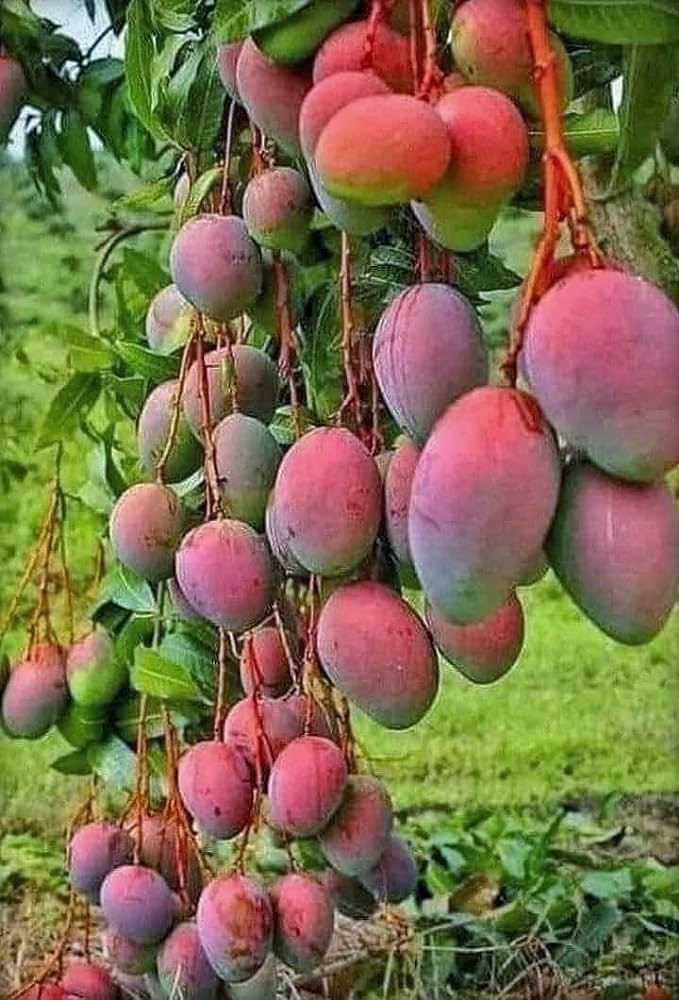Plantparadise
Gulab Khas Mango Plant Grafted
Gulab Khas Mango Plant Grafted
Couldn't load pickup availability
"Gulab Khas" is a popular variety of mango (Mangifera indica) known for its sweet and aromatic flavor. Grafting is a horticultural technique used to propagate and cultivate plants with desirable traits, such as specific fruit flavors, disease resistance, and growth habits. When grafting a Gulab Khas mango plant, the process typically involves combining two distinct parts of different mango trees: the rootstock and the scion.
-
Rootstock: The rootstock is the lower part of the grafted plant, usually chosen for its strong root system and disease resistance. It serves as the foundation for the entire plant. For a Gulab Khas mango, a vigorous and hardy mango variety is often selected as the rootstock to provide a stable base for the plant.
-
Scion: The scion is the upper part of the grafted plant, taken from the desired Gulab Khas mango tree. The scion carries the specific genetic traits, including the delicious taste and aroma associated with the Gulab Khas variety. This is the part that will eventually grow into the mature mango tree and bear the desired fruit.
The grafting process involves the following steps:
-
Selecting the Rootstock: A suitable rootstock is chosen based on its compatibility with the Gulab Khas scion and its ability to thrive in the intended planting location.
-
Preparing the Scion: A healthy branch or budwood from a mature Gulab Khas mango tree is carefully chosen as the scion. The scion needs to be free from diseases and pests and should ideally be of the same diameter as the rootstock branch.
-
Making the Graft: The chosen grafting technique is used to join the scion and rootstock. Common grafting methods include cleft grafting, whip-and-tongue grafting, and side-veneer grafting. These methods involve making precise cuts and matching the cambium layers of the scion and rootstock for proper union.
-
Securing the Graft: After the scion and rootstock are joined, they are often secured with grafting tape or a similar material to hold them in place and prevent movement.
-
Healing and Growth: Once the graft is secure, the plant is kept in a controlled environment (such as a greenhouse) to allow the graft union to heal and the scion to grow. This period ensures that the scion successfully integrates with the rootstock and starts producing new growth.
- Transplanting: After the graft has successfully taken and the new growth is evident, the grafted plant can be transplanted into the desired location, where it will continue to grow and develop into a mature Gulab Khas mango tree, bearing the characteristic sweet and aromatic fruit.
Materials
Materials
Shipping & Returns
Shipping & Returns
Dimensions
Dimensions
Care Instructions
Care Instructions
